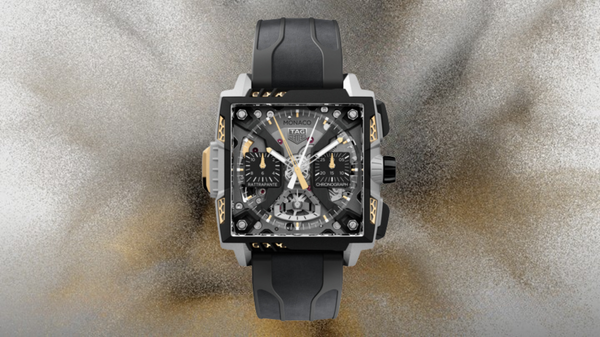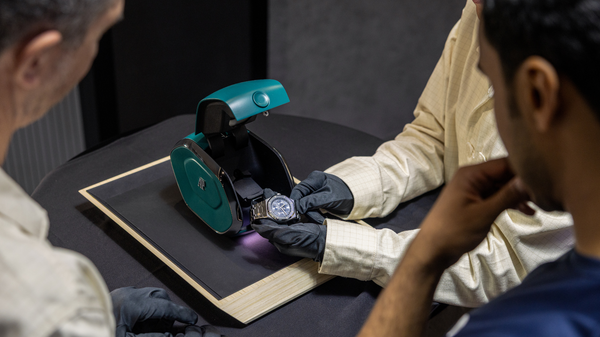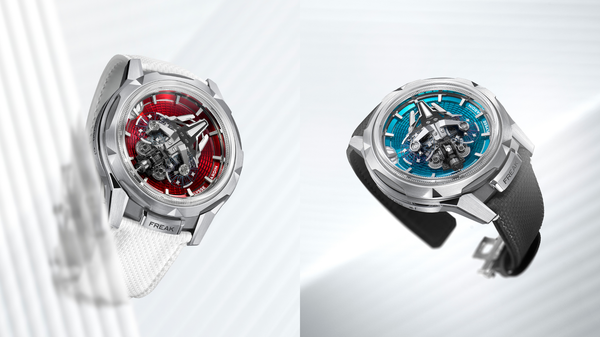Why Watches Are the New Asset Class Everyone Wants
From Rolex to Patek Philippe, fine watches are no longer just heirlooms but tangible assets shaping modern portfolios.

For decades, fine watch collecting was guided by passion. A Rolex Submariner purchased to mark a milestone, a Patek Philippe handed down across generations, or a Vacheron Constantin admired for its artistry; these were acquisitions driven by emotion rather than finance.
In recent years, however, many high-net-worth collectors have recognised that their enthusiasm for horology can also intersect with disciplined portfolio thinking.
Luxury watches from the most respected maisons now sit alongside art, wine and cars in private collections, not only as cultural objects but as tangible stores of value.
Why Watches Attract Investment Interest
Tangibility with lifestyle value
A fine watch is not an abstract asset. It is wearable, portable and culturally resonant. Collectors appreciate the blend of enjoyment, symbolism and potential financial performance.
Supply and demand
Production is finite, even at the largest houses. Rolex, Patek Philippe, Audemars Piguet and Richard Mille produce at a significant scale but cannot meet demand for certain references. Scarcity, whether strategic or structural, helps sustain premiums on the secondary market.
Liquidity
The secondary market for watches is both global and active. Auctions in Geneva, Hong Kong and New York attract international bidders, while trusted dealers and online platforms provide further transparency. For widely recognised models, liquidity is stronger than in many other collectable categories.
Historical results
Auction records show how rarity and provenance can command extraordinary prices. Paul Newman’s personal Rolex Daytona, which sold for $17.75 million in 2017, is a notable example.
Meanwhile, Patek Philippe perpetual calendars, such as the reference 2499, continue to achieve multi-million-dollar results. These examples illustrate potential, but also demonstrate that performance is tied to originality, documentation and market timing.
Categories of Collectable Watches
Modern icons
Certain modern steel sports watches often command a premium over retail on the secondary market. The Rolex Daytona, Submariner and GMT-Master II, alongside the Patek Philippe Nautilus and Aquanaut, are highly liquid and universally recognised.
Independent watchmaking
Independents such as F. P. Journe, Philippe Dufour, Kari Voutilainen and De Bethune produce in very limited numbers and have developed strong collector followings. Their combination of artistry, scarcity and innovation has supported consistent demand.
High complications and métiers d’art
Patek Philippe, A. Lange & Söhne and Vacheron Constantin are reference points for grand complications. Enamel, engraving and other métiers d’art elevate certain pieces beyond function, appealing to those who view watches as cultural works as much as timekeepers.
Vintage rarities
Vintage remains central to collecting. A Rolex Daytona with an exotic “Paul Newman” dial, a Patek Philippe reference 1518, the first serially produced perpetual calendar chronograph, or an early Omega Speedmaster “Broad Arrow” exemplify how historical significance, originality and documentation underpin value.
Risks and Realities
Market cycles
Watches are influenced by sentiment. Steel sports references rose dramatically between 2020 and 2022 before prices eased. A long-term perspective is vital.
Authenticity and originality
Counterfeit parts, refinished cases and replacement dials are genuine risks. Verification through established auction houses or trusted dealers is essential.
Liquidity varies
A modern Daytona may sell within days. A complex but less recognisable reference could take months to place. Brand strength and awareness drive liquidity.
Cost of ownership
High-value collections require insurance, secure storage and professional servicing. Maintaining grand complications can be costly and typically involves the original manufacture.
Collector Strategies
Balancing passion and prudence
Many collectors hold a core of liquid, investment-grade references, such as a Rolex sports model or a modern Patek Philippe, while acquiring pieces of personal significance that may not appreciate but enrich the collection.
Diversification
Blending vintage, modern and independent spreads exposure. Each segment behaves differently across market cycles and appeals to different buyer groups.
Auctions and previews
Auctions remain vital for access and price discovery. Collectors attend previews to confirm originality and condition before bidding.
Private networks
Beyond auctions, relationships with dealers and fellow collectors are critical for sourcing rare references discreetly. Reputation and trust are the currencies of this sphere.
Watches Among Alternative Assets
Watches increasingly sit alongside art, classic cars and fine wine as part of alternative allocations for high-net-worth individuals. Unlike digital assets, they embody tangible craftsmanship and intrinsic value.
Unlike property, they are portable and comparatively liquid. They serve a dual purpose: cultural object and potential store of wealth.
The evolution of watch collecting into an asset class does not diminish its romance. On the contrary, it highlights the singular character of horology. What begins as admiration for a guilloché dial or the chime of a repeater can develop into structured portfolio building.
For today’s discerning collector, a watch is more than an indulgence. It is an heirloom, a cultural statement and, at times, a liquid global asset.
Collecting has become a sphere where passion and prudence coexist, proving that artistry and investment can advance in unison on the wrist.




